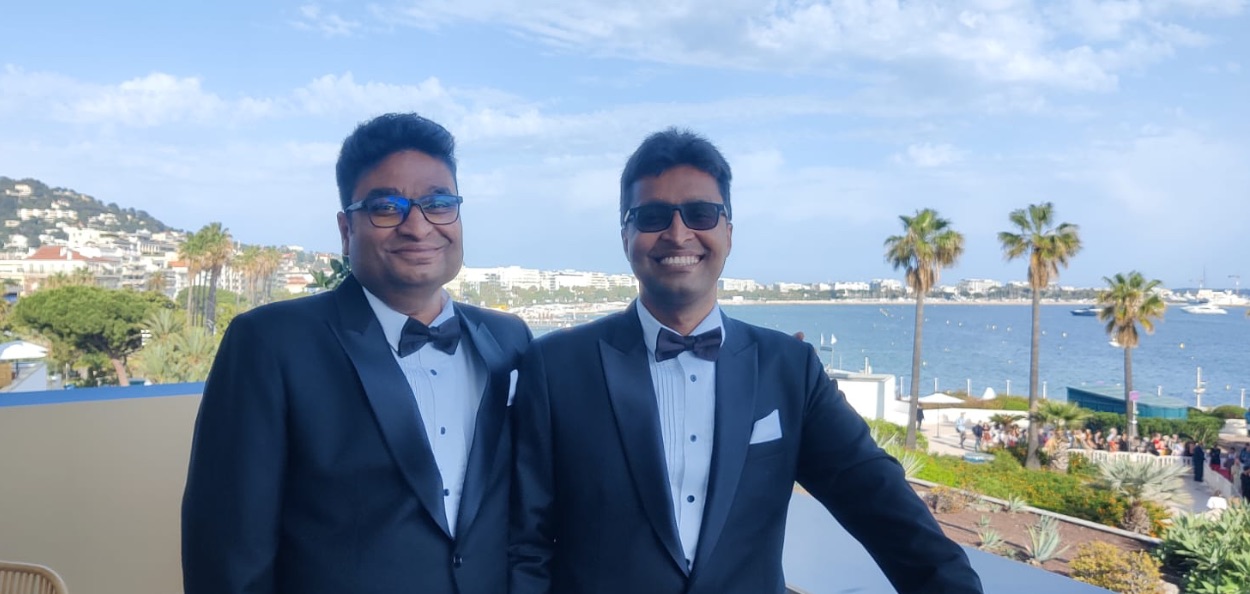
Shaista Fatima/ New Delhi
On the eve of 24th January 2023, the cast and crew of the documentary All that Breathes was huddled in producer Aman Mann’s house to see the ceremony of the nominations for Oscar awards. Others involved in the film joined online. As soon as the list was announced, there was jubilation in the room.
All That Breathes by Shaunak Sen is among the shortlisted documentary feature films for the best in this category. From India, another film, The Elephant Whisperers by Kartiki Gonsalves is another documentary nominated for the coveted award in short category.
After Writing with Fire in 2022 this is the second time when Indian documentaries have made it to the Oscars. All that Breathes is a 90 minutes feature based on the story of brothers Nadeem Shehzad and Mohammad Saud who run the “Wildlife Rescue Centre'' in North Delhi’s Wazirabad for treating owls and raptors.
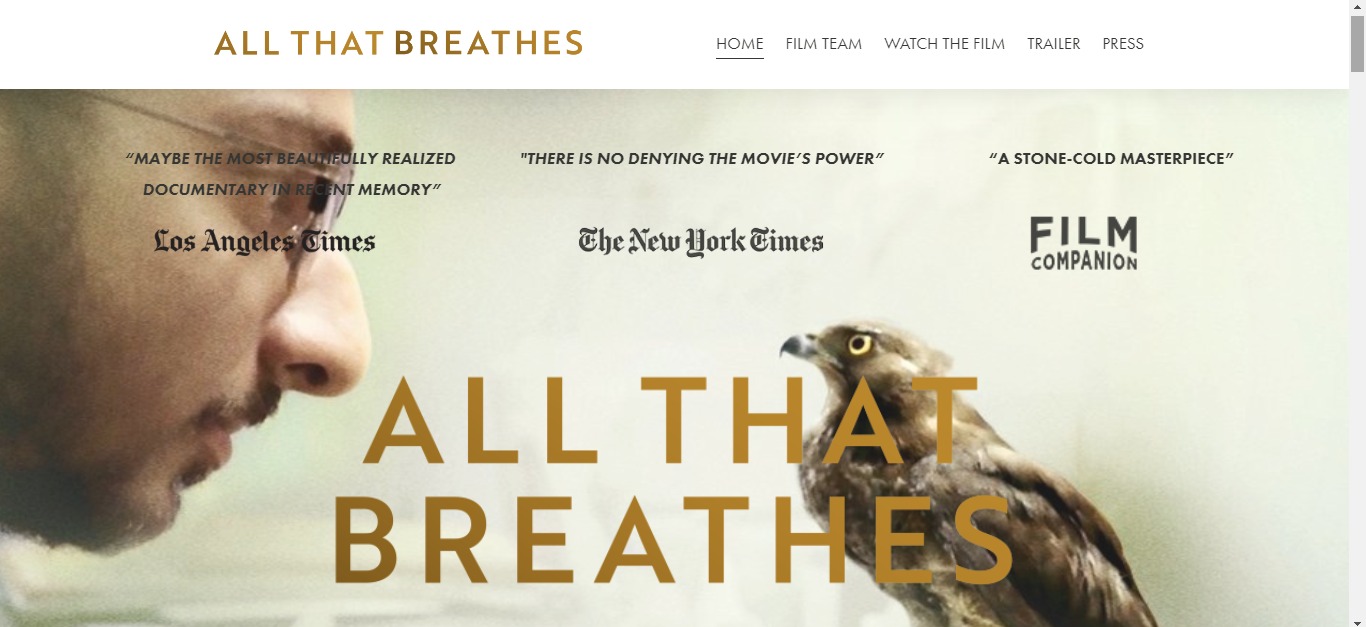
The film has already been screened in Sundance Film festival, Cannes International Film Festival where it bagged the best documentary award. It has also been screened at Dharamshala International Film Festival. It'll be screened in Bangalore at a Wipro Foundation event on 12th February then at the BAFTA followed by the Oscars ceremony in March.
As Awaz-the Voice visited their three-storey Home-cum-office-cum-hospitals in Wazirabad after the film made it to Oscar Nominations, brothers Nadeem and Saud spoke stoically about this event, for they were immersed in thoughts about where to raise funds from for their organisation and the mission.
They say that to run an NGO like theirs funds were a dire need and people weren’t that enthusiastic about helping out raptors like Kites, Vultures, Owls and other similar avians, “Some consider them a bad omen while others feel they aren’t endangered, it is easy to get funds for tigers, lions rabbits and elephants but not for carnivorous avians…they have zero cuteness factor”
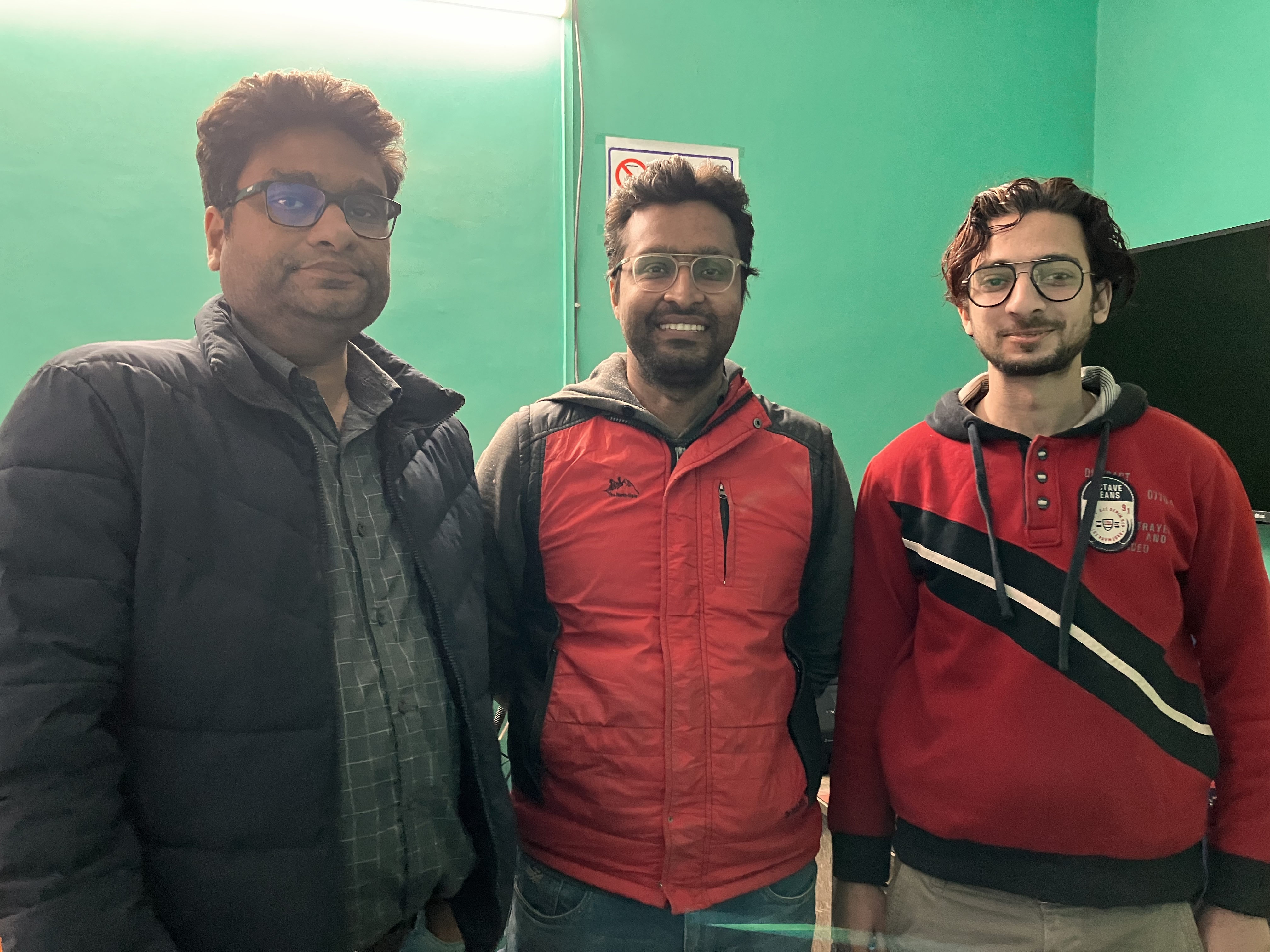
Nadeem says, “We don’t have any recognition even now, it isn’t like after watching our film we were ushered with a lot of funds, our film producer did give us some, but it is strange as to how even after such a good film people are hesitant with the funds..” Nadeem jokingly chips in, “Many channels have released funds for doing a story on us but they cannot release funds to help our cause…"
Inside the building, the walls of the office have chipped sea green paint. Behind the reception counter are two chairs and a working computer. While Nadeem and Saud are seated, Salik is moving to and fro looking after the chores while an incumbent team member Sana is documenting the records on the word file.
Nadeem,45, and Saud,41, started the NGO in 2003. Salik Rehman joined the team later. To solve the problem of constant lack of funds, the brothers have set up an organization in the USA because they find “It a bit easier to get funds in the US..” “We lack the running money for day-to-day basis—like salaries, transportation, bird food, medicines, and other expenses are always on the back of our mind; we always have what after two months, what after three months..”
On being asked as to why kites and other raptors were so important for the ecosystem they say that the Kites, Egyptian Vultures and others help in clearing up the filth left by the slaughtering of animals, these big birds are nature's scavengers, “India is the second largest exporter of meat after Australia..the waste from the slaughterhouses is normally dumped in Ghazipur, there one can see upto 7 thousand kites that eagerly wait for the dump…”, he adds.
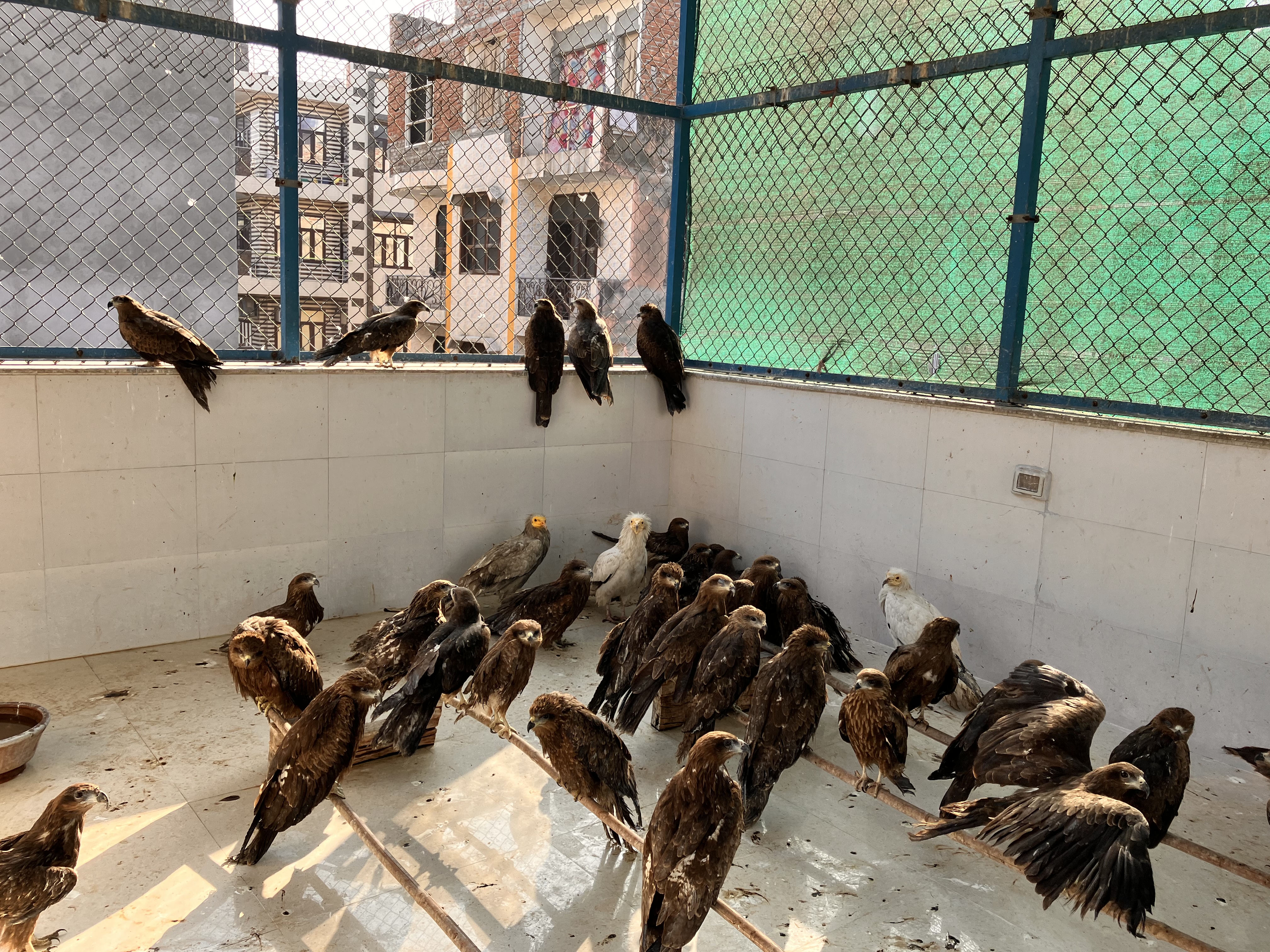
He further adds that in Delhi open garbage system is a normalcy and then there is the tradition of feeding the kites, “In Old Delhi and parts of Rajasthan people feed them, they consider them lucky, in a very dramatic manner the meat loaves are thrown in the air while the raptor scales down with its wings to savor upon the treat..”. This scene also serves as the opening for the trailer.
He adds that, “Rajasthanis often come and give us meat to feed the birds as they feel connected to their roots by following the tradition..”
Apart from treating Kites they also treat barn owls, sparrow hawks, harriers, falcons, migratory birds, egrets, storks, hornbill, “last year we had around 3100 birds, we are the largest care takers of the raptors in the world, this is because we have the highest population of kites and more than that we have manjha (glass powder covered kite flying threads that are lethal for birds), thus we have means of hurting them as well with us..”
He adds that injuries due to manjha (flying kite thread coated with glass powder) are rampant in India, Pakistan and Bangladesh, “we are continuously trying our best to augment the research around operating the birds injured due to manjha and we have presented the same techniques in the US conferences…”
He says that to their amazement the, “US wildlife centre likes our work and we discovered that even there this work hadn’t been done to retrieve a fully functional wing…” Nadeem and Saud told Awaz the Voice that their work falls under Wildlife Rehabilitation and they were a part of the community of rehabilitators, “US has the largest rehabilitator community and we often get sponsored trips to the US to take training and courses and incorporate them here..”
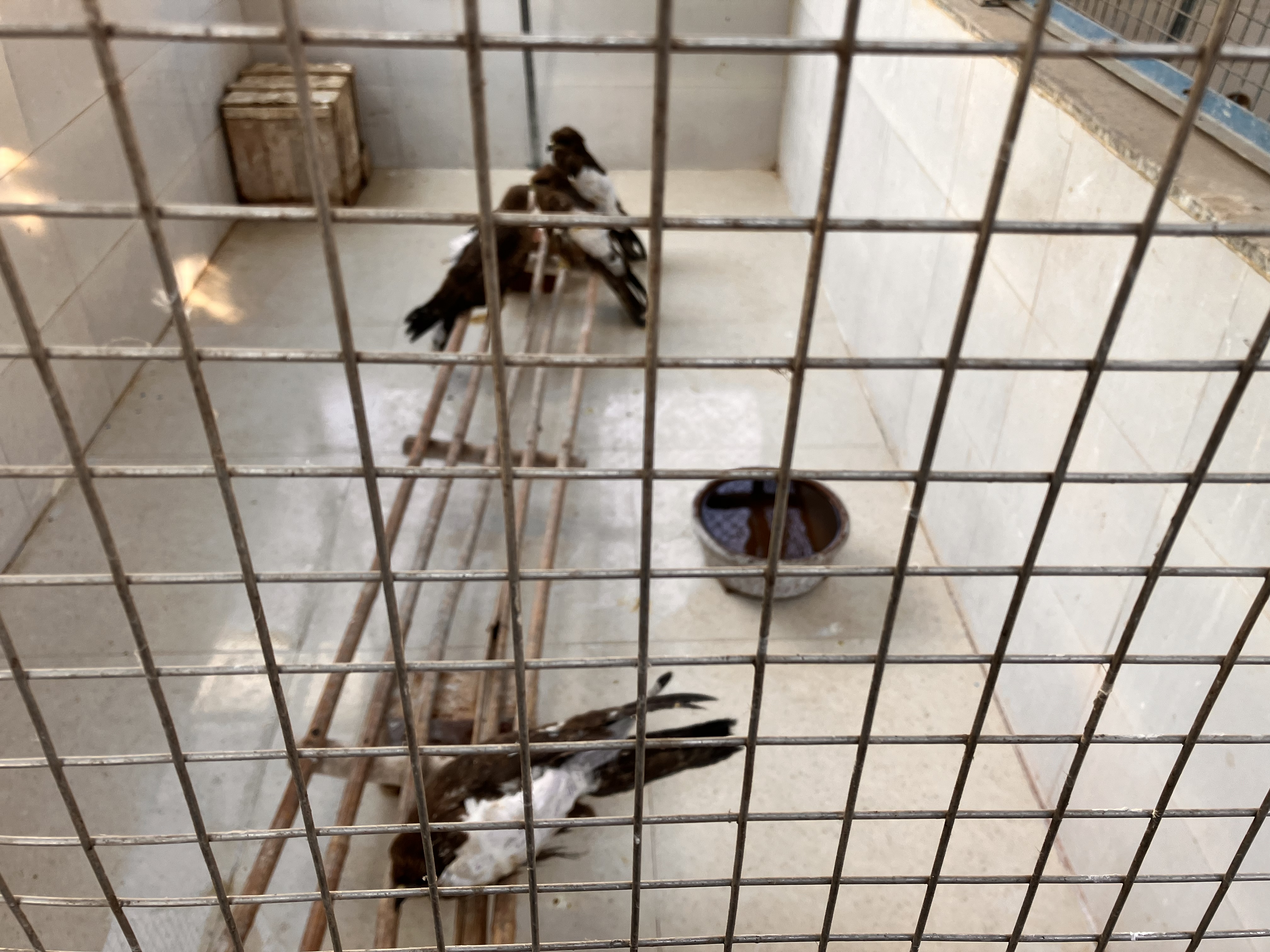
Nadeem says that their rehabilitators community is highly accepting and they don’t feel foreigners at all while on work trips, “We stay at other members homes thus fooding and lodging is expense free, I feel they are eager to share information which we as Indians lack a lot…the findings in the US are shared by one and all..the findings are shared annually worldwide through conferences…”
The rooftop hospital in Wazeerabad has three enclosures, the first one is an open on where healed birds are kept, it is designed in a manner that until the bird can fly 10 ft effortlessly, it won’t leave, whereas the rest of the healthy birds can come and go as and when pleased. Enclosure two holds surgery cases whose treatments are underway, whereas the the third Enclosure are reserved for birds under medication. Nadeem adds, “Since 2010 we get all the birds that are carnivorous, so in a way we are easing their work..”
The birds meanwhile cooed on top of their voice making the reporter realise their existence. While the rooftop was covered with black kites, Egyptia Vultures and Cattle Egret looked like foreigners. Nadeem continues, “We are a collection point for hospitals like Charity Jain hospital, Sanjay Gnadhi hospital, Animal care hospital, Karol Bagh jain hospital, we collaborate with them that is they collect birds for us and we collect from them…” He says that their rescue rate differed according to seasons, during the bird's nesting season they got maximum cases, “during this time we just need to feed them and give them water, we give them drips they are easy to maintain…”
“Second kind of cases are those due to the wounds by the Manjha, these are deep cut wounds in which even the bones are teared apart…” He adds that in such kind of wounds the next part is to regain their functnality, “We may heal it and forget about wing functionality but then reconstructing is where the process lies. Here we need better understanding and better doctors. In humans we can achieve it through microsurgery but in birds they can lead to gangerine and then death…” He believes that even in birds also the wings can be fixed but then, “we do not have that kind of facilities. ..”
He adds with a shrug, “Animal hospitals abroad are better maintained than human hospitals here in India , cataract surgery for animals is available in abroad but in India we have just one surgeon in Mumbai who specialises in cataract surgery..” Talking about his favorite moments from the film he says he liked the end credits a lot, “When you see the movie you’ll see a lot of kites sitting on the trees and after color correction it looks like an oil painting, the shot gives the feel of a still shot until a bird flies far off then comes the names and it feels as if words are drooping down from the branches…it feels surreal…”
Talking his heart out about disappointments has eased Nadeem a little as he then reminisces his childhood days saying, “Bachpan se mai oscars zaroor dekhta tha..in fact DD Metro pe bhi Oscars aate the..(I always used to watch Oscars on DD Metro in my childhood) but after coming into this profession our lives are upended, we have no personal life whatsoever…”
The three years shooting gave them some special moments and for Nadeem the moment when they swam, across the river to rescue birds will always be special.
He says, “Our favorite ones are mostly deleted, out of the 500 hours of working footage only 90 minutes were in the Final Cut..still the camerawork and cinematography is beyond our imagination…”
Documentaries juxtapose real lives and thus a scene shows the duo (Nadeem and Saud) fighting over some trivia matter when asked they both reply instantly, “Asi ladaiyan toh roz hoti hain..(We fight like this on a daily basis)… See the work we are doing is very stressful and that too without money, there is a lot at stake and when workload increases our temperature also soars but then we are family so it is all in good faith..” “After 5 minutes we are like..what was it we were fighting about..we are best friends and brothers for life..so yea..this is normal..”, Saud adds.
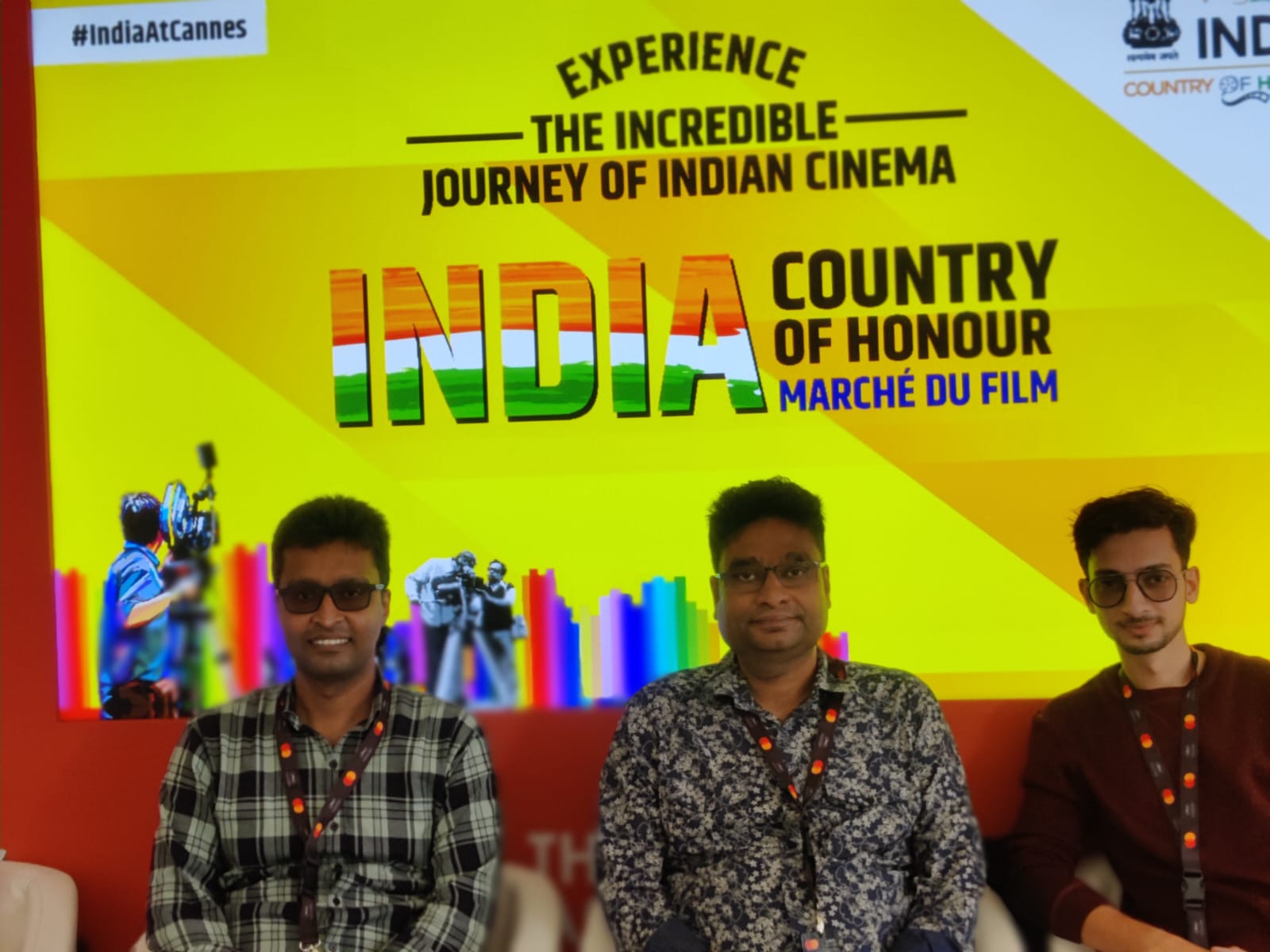
Saud says that Shaunak took three months to make them feel at ease with the camera's presence, “He started shooting us when we finally started yawning in front of the camera which was one of his idiosyncrasy, he used to say treat the camera as a fly on the wall..” Sharing his experience at various screenings Nadeem says, “at DIFF people were whistling on the scenes that they liked, they started clapping whenever they liked a shot whereas Cannes is very cosmopolitan..” He says that the close collar dress code at Cannes is a sign of respect for the artist, “we came across many great artists, the cameramen were running after them but we couldn’t recognise them, people were clicking selfies but then I didn't knew them and then Shaunak was like Oh..Nadeem they are so and so of the Industry…”
Talks about Cannes has lightened the air and Saud seeems relaxed and hopefull than before yet he says, “Asli Khushi tab milegi jab Oscar milega..(we’ll be really happy after bagging the Oscars)” Salik chimes in saying, “It is a tough call but we are hopefull..” He adds, “We never thought that one day a documentary will be made on our efforts or that we will become world famous one day, it feels great…” Salik has a camera friendly face and when for the first time he saw his photo on the big screen he was excited. His favourite scene from the feature is the one where the kite takes his spectacles, “I just say arey chasma le gayi yeh mera(oh! She took my specs), it was as if they were aware of being documented…then there is a moment when I rescued a squirrel and it stays in my pocket, i had no idea that it was being shot but then it came out really well…” Salik feels that their social media presence has increased after the movie.
The ambience of the room feels lighter than before as the talks about the upcoming awards night are now the topic and who’s going to wear what becomes the major question now. Saud says, “There isn’t any prep for it as such, if there’ll be a photo shoot then we’ll prefer it in traditional Indian attire …”
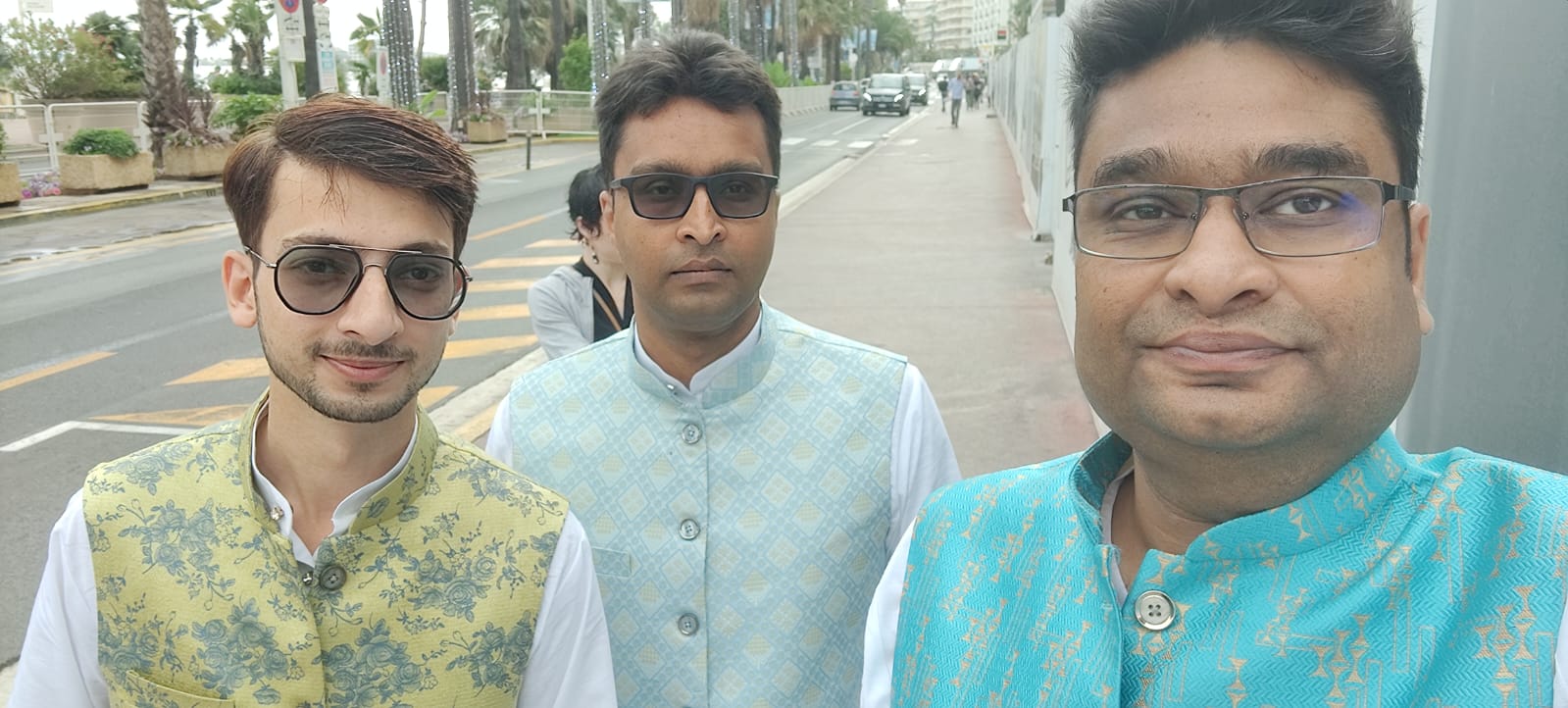
Saud then smiles and tells Awaz the Voice, “In France people stopped us on the road and complimented us for our traditional wear..” Nadeem looked befuddled and happy for the first time when he says, “the women were wearing such long gowns that two to three men were carrying it yet our Indian attire outshone them.” Saud continues, “It was white linen Kurta with a closed collar and Jawahar cut jacket..” “We made sure to keep it as close to Indian traditions as possible..” Abdul Rehman of skylark tailors stitched our whole attire, Saud says, “When people asked is your tux from Paris, we replied “No, Chandini Chowk…the fabric was sourced from Katra Neel and Krishna Market in Old Delhi…”
They add, “We didn’t had much time, it was done at the last moment…” Even for Oscars Abdul Rehman will be stictching the attire for the brothers. One may find skylark tailors in Ballimaran near Rabia Girl School. Coming to footwear it was sourced from SreeLeathers and Ballimaran. Sharing their hopes and visions for the future the duo says that they want a hospital outside their home with proper operation theater, x-ray machines, blood testing laboratories, “someone gave us their lab equipment when they shut down theirs but we don’t have any money to hire a lab assistant…”
Meanwhile two boys rushed in with an injured kite to whom Nadeem attended like a professional healer. He felt for signs of injury through palpitations that were done manually and later placed it under observation after giving it first aid. He wishes people to be more sensitive and more aware of the surroundings like the movie which says “life is kinship and we are the community of air” thus "we must learn to share our surroundings with all the things alive around us. I am not asking everyone to open a hospital but we can still make time to help each other..."
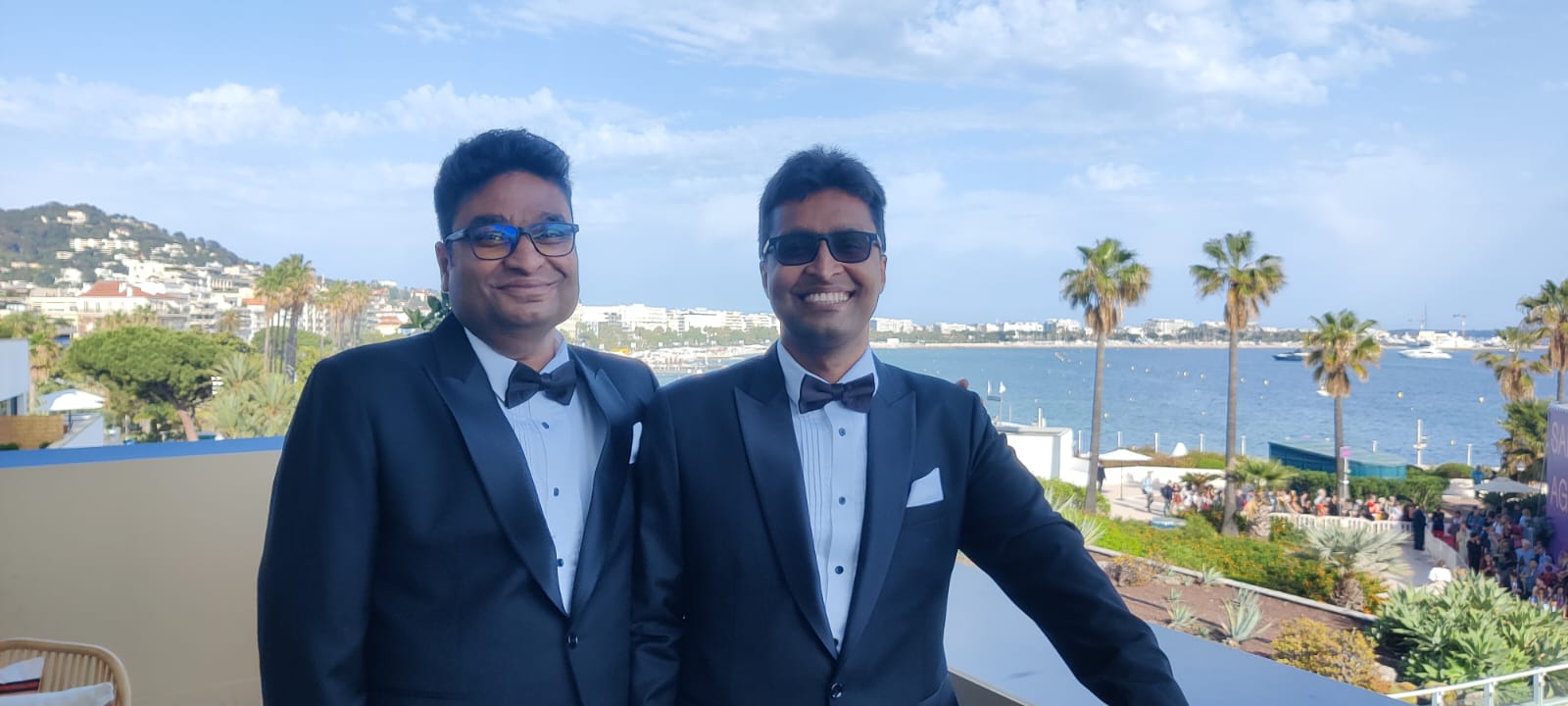
On being asked what after Oscars and what if they win they say, “We’ll be back to work after the oscars..” They went on to add, “On 1st march there is a technical film festival and we are trying to reach them to learn how to document our work as many techniques that we know can be shared with the world…”
“We want to document our research in print and digital format now…We are working on orthopedic surgeries and very few know about it, especially the wounds by th kite flying thread, the surgeries require intricacies, for example if the bird is brought in late o the hospital then the technique to cure them is different..”
ALSO READ: Shehzad and Saud - Brothers who nurse injured raptors
“The muscle moisture has evaporated, thus the method to cure them is different and difficult…we are currently researching the same…” Saud adds,“We don’t want our techniques to die with us, we wish them to be known to the world..” Nadeem winds up by saying, “Wildlife rehabilitation conference see a huge footfall by the conservationists every year thus we wish to present it there…”
They again looked disappointed when they said, “It is tough to work with Indians, they have big egos, whereas people abroad are much more open to learning new techniques” “We have had hands-on experience..through consultations with various vets we have developed these techniques, also we have had interaction with human doctors more thus we have tried to replicate the same in the birds..”
